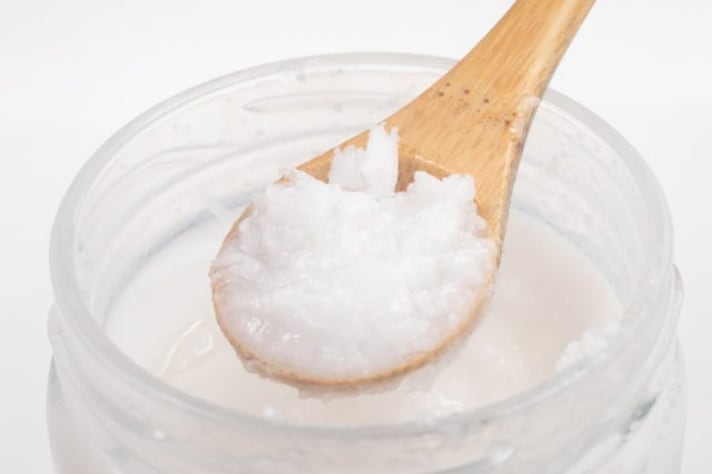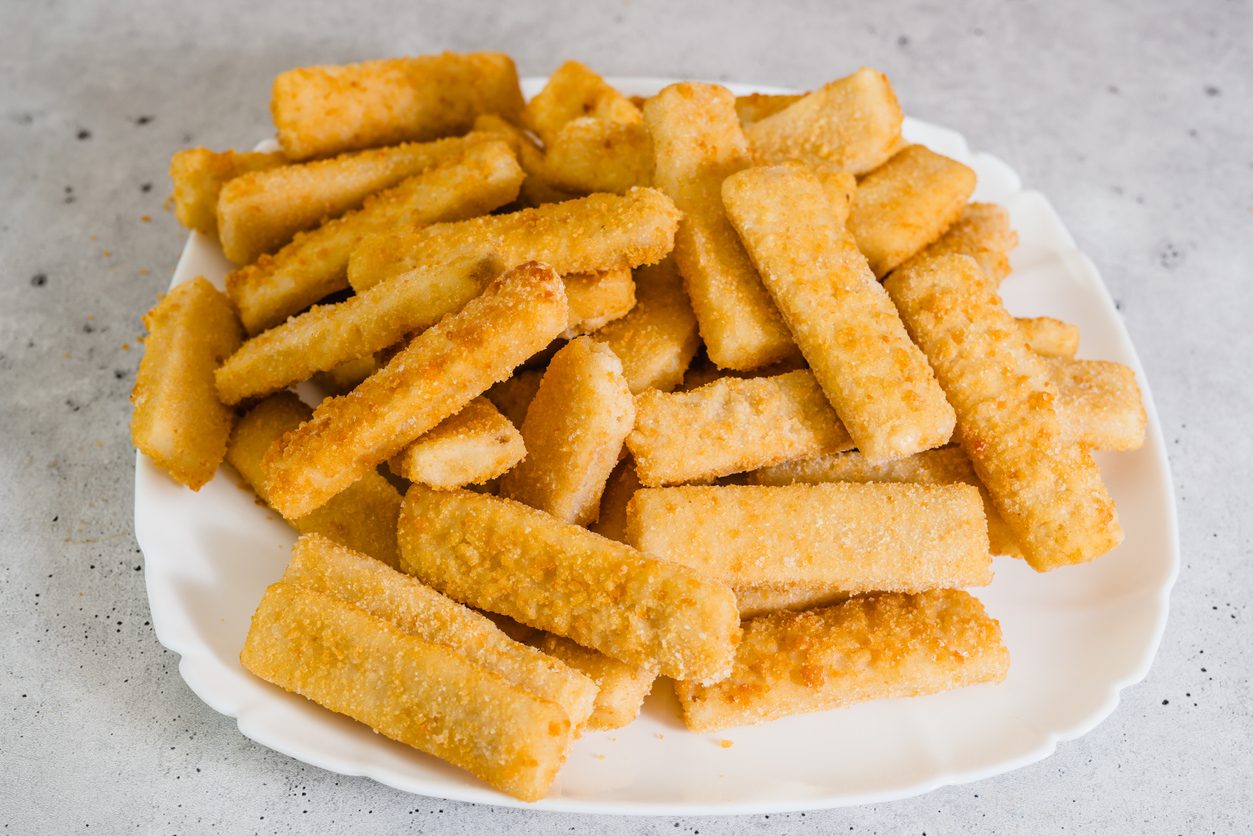Here’s Why You Should Never Mix Coconut Oil With Cold Ingredients
Coconut oil is a kitchen favorite, but mixing it with cold ingredients can lead to frustrating results. From texture issues to uneven flavor distribution, this common mistake can ruin your dish. Learn why temperature matters when working with coconut oil, and how a little warmth can help you achieve smooth, flavorful results every time.

Coconut oil is a versatile kitchen staple. From sautéing vegetables to adding a bit of richness to baked goods, it has earned a well-deserved place in many homes. But when it comes to mixing it with cold ingredients, that's where the magic doesn't happen. In fact, combining coconut oil with cold ingredients can lead to frustrating results. Here’s why you should think twice before doing it.
The Texture Problem: A Solid Turnoff
Coconut oil, like most oils, is a liquid at higher temperatures but solidifies at cooler ones. If you toss it into a bowl with cold ingredients—especially something like cold water or milk—you might be setting yourself up for a lumpy disaster. Instead of blending smoothly, the oil hardens into little blobs that refuse to mix properly. This creates an uneven texture that’s not just hard to work with, but can mess with the final result of your recipe. So, unless you’re going for a chunky appearance, it’s best to let the coconut oil warm up first. No one wants a chewy muffin that looks like it has strange ice cubes inside.
Consistency is Key: Emulsifying Doesn’t Work with Cold
When you try to combine coconut oil with cold ingredients, you’re basically inviting the oil to form an uninvited guest at the emulsification party. Emulsifying, which is the process of mixing two liquids that don't naturally combine (like oil and water), requires a bit of finesse. Coconut oil, when cold, simply won’t play nice with other ingredients. As soon as the cold hits, the oil solidifies, preventing it from blending smoothly with liquids. The result? An incomplete or uneven mixture, with coconut oil just sitting there, refusing to do its part. To get that creamy, dreamy consistency you’re hoping for, try heating the coconut oil gently before incorporating it.

Baking Troubles: Hardening While Baking
While coconut oil is a popular ingredient in many baking recipes, it’s crucial to understand how temperature affects it. When mixed with cold ingredients, the oil will likely solidify before it even gets a chance to make it into your batter or dough. The end result is that the oil hardens within the mix, giving you uneven fat distribution during baking. As the dough or batter cooks, pockets of hardened coconut oil can create unwanted chunks, ruining the texture and consistency you were aiming for. In short, for smooth and consistent results, coconut oil needs to be mixed with warm ingredients, not cold.
Flavor Potential Gone Awry
Coconut oil isn’t just about texture—it’s also about flavor. That subtle tropical taste is one of the reasons so many people swear by it. But when you mix coconut oil with cold ingredients, you're not giving it a fair chance to shine. Cold temperatures lock the flavor in, leaving it muted and less noticeable. On the flip side, when coconut oil is heated, its aroma intensifies, and it infuses your dish with that signature, pleasant coconut flavor. So, by mixing it with cold ingredients, you might be missing out on that lovely coconut kick.

The Solution: Gently Heat Your Oil
So, what’s the secret to successfully using coconut oil in cold dishes? It’s simple—give it some warmth. Warm the coconut oil until it becomes liquid and easy to blend. If you’re looking for a more controlled approach, you can heat the oil over low heat or microwave it for a few seconds. This simple step will ensure that coconut oil mixes evenly into your dish without creating lumps or losing flavor. It’ll help you achieve that silky smooth texture, the balanced flavor, and the ideal consistency that you expect from your cooking and baking.
;Resize,width=767;)

;Resize,width=712;)

